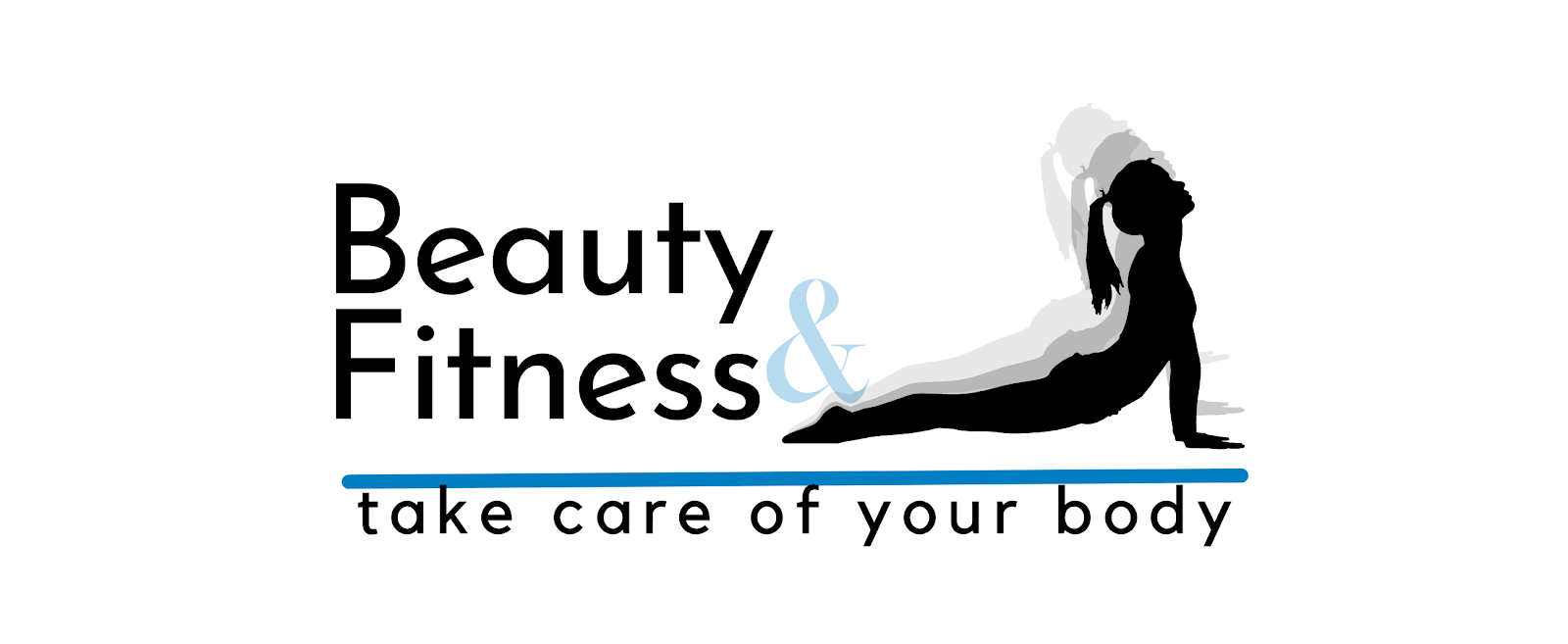Introduction of keto diet plan.
The ketogenic diet, or simply "keto" for short, is a high-fat, low-carb eating
plan that has gained a lot of popularity in recent years. It is based on the
idea that by drastically reducing your carbohydrate intake, your body will
start using fat as its primary source of energy instead of glucose. This leads
to a metabolic state called ketosis, which can result in weight loss and other
health benefits.
However, like any diet, the keto diet is not suitable for everyone, and it is
important to understand its potential benefits and drawbacks before starting
it. In this article, we will take a closer look at the keto diet plan,
including its benefits, potential risks, and how to follow it properly.
Benefits of the keto diet:
-
Weight loss: One of the most significant benefits of the keto diet is weight
loss. By drastically reducing your carb intake, your body starts burning fat
for energy, resulting in faster weight loss than other diets.
-
Improved insulin sensitivity: Since the keto diet is low in carbs, it can
help improve insulin sensitivity, which is essential for people with type 2
diabetes.
-
Better brain function: Some studies suggest that the keto diet can improve
cognitive function and reduce the risk of neurological disorders like
Alzheimer's disease.
-
Lowered inflammation: The keto diet can help reduce inflammation in the
body, which is associated with many chronic diseases, including heart
disease, cancer, and diabetes.
-
Increased energy: When your body is in ketosis, it produces ketones, which
provide a steady supply of energy throughout the day.
Potential risks of the keto diet:
-
Nutrient deficiencies: Since the keto diet restricts many nutrient-dense
foods like fruits and whole grains, it can lead to nutrient deficiencies if
not carefully planned.
-
Keto flu: Some people experience symptoms like headaches, fatigue, and
nausea during the first few days of the diet. This is called the "keto flu"
and is caused by the transition to ketosis.
-
Increased cholesterol: The high intake of saturated fats on the keto diet
can lead to an increase in cholesterol levels for some people.
-
Digestive issues: The keto diet can cause constipation and other digestive
issues due to the low fiber intake.
How to follow the keto diet:
-
Calculate your macros: To follow the keto diet, you need to calculate your
macronutrient intake. This typically involves consuming 70-75% of your
calories from fat, 20-25% from protein, and 5-10% from carbs.
-
Plan your meals: Plan your meals in advance, focusing on high-fat, low-carb
foods like meats, dairy products, nuts, and seeds.
-
Avoid carbs: Eliminate all high-carb
foods from your diet,
including sugar, grains, and most fruits.
-
Increase healthy fats: Replace carbs with healthy fats like avocado, olive
oil, and coconut oil.
-
Stay hydrated: Drink plenty of water to avoid dehydration, especially during
the first few days of the diet.
-
Exercise: Exercise regularly to support weight loss and improve overall
health.
Conclusion:
The keto diet can be an effective way to lose weight and improve overall
health, but it is not suitable for everyone. Before starting the diet, it is
important to understand the potential benefits and risks and to speak with a
healthcare provider. When following the keto diet, be sure to plan your meals
carefully and stay hydrated to avoid nutrient deficiencies and other potential
side effects. With proper planning and care, the keto diet can be a powerful
tool for improving health and wellness.










0 Comments